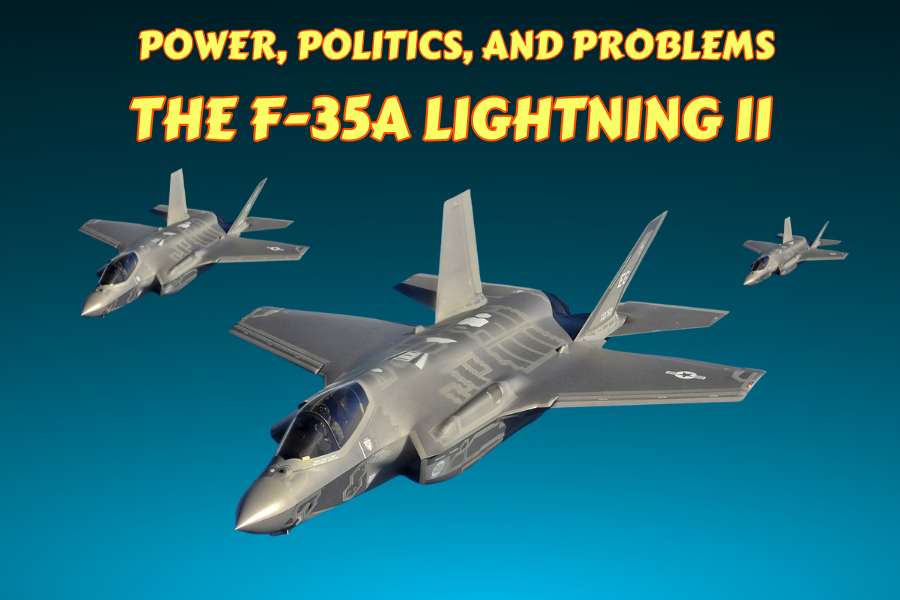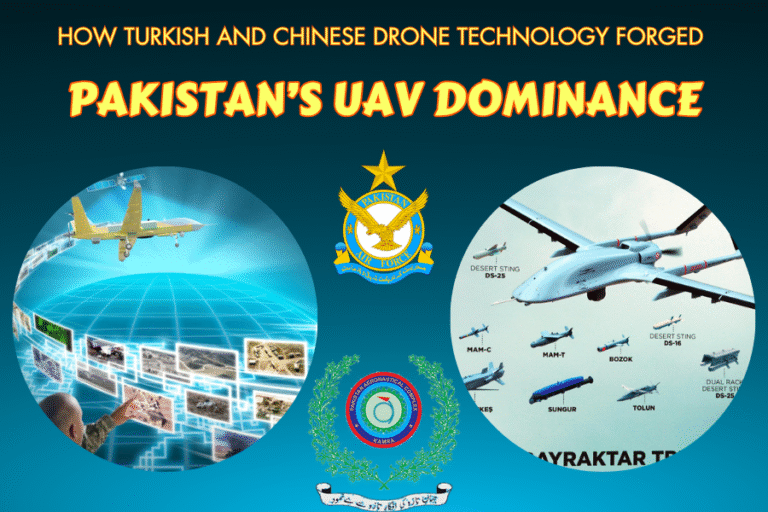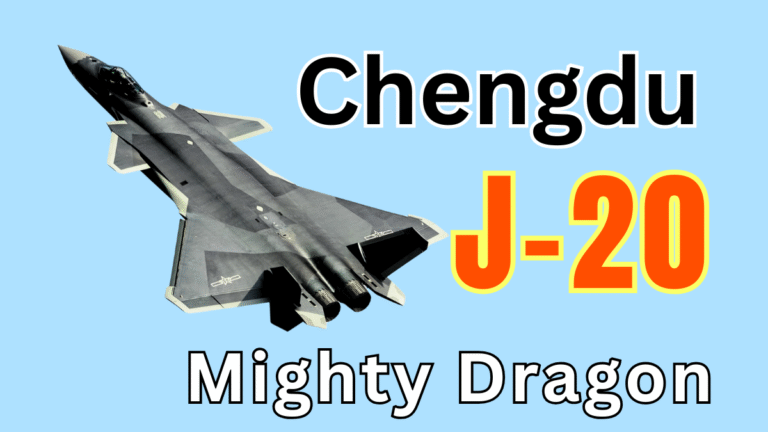(By Khalid Masood)
In June 2025, at the NATO summit in The Hague, UK Prime Minister Keir Starmer announced the procurement of 12 x F-35A Lightning II stealth fighters, capable of carrying B61-12 nuclear bombs, marking a significant strengthening of the UK’s nuclear posture. This move, supporting 20,000 UK jobs, underscores the F-35A’s role in NATO’s deterrence strategy. Yet, the jet’s narrative is fraught with complexity. Elon Musk’s scathing critique on X, calling the F-35 “junk” and advocating drone swarms, fuels debate about its relevance amid a $2 trillion lifetime cost. The US’s offer of F-35As to India, countered by China’s supply of J-20, J-35 jets, and PL-17 missiles to Pakistan, signals a brewing South Asian airpower race. This article dissects the F-35A’s capabilities, global adoption, controversies, and the geopolitical shifts it triggers, particularly as China bolsters Pakistan’s air doctrine.
I. A Fighter at the Heart of Global Tensions
The Lockheed Martin F-35A Lightning II, a fifth-generation stealth multirole fighter, is both a technological marvel and a lightning rod for controversy. Designed for air superiority, precision strikes, and electronic warfare (EW), it integrates advanced sensors and network-centric capabilities. The UK’s 2025 commitment to 12 nuclear-capable F-35As reinforces NATO’s deterrence against Russia, while the US’s offer to India aims to counter China’s regional influence. Yet, Elon Musk’s X posts, decrying the F-35 as obsolete against AI-driven drones, amplify doubts about its cost-effectiveness. China’s response—equipping Pakistan with J-20, J-35 jets, and the 400-km-range PL-17 missile—escalates South Asia’s strategic stakes.
II. What is the F-35A?
The F-35 Lightning II family comprises three variants: the F-35A (conventional takeoff and landing), F-35B (short takeoff/vertical landing), and F-35C (carrier-based). The F-35A, the focus here, is a single-seat, single-engine jet designed for air forces, boasting low-observable stealth, a 1,350-mile range, and an 18,000-pound payload. Certified to carry B61-12 nuclear bombs, it supports NATO’s nuclear-sharing mission. Its strengths include:
- Network-Centric Warfare: The AN/APG-81 radar and Distributed Aperture System (DAS) enable real-time data sharing across air, land, and sea platforms.
- Stealth: Advanced materials reduce radar cross-section, enhancing survivability.
- Sensor Fusion: Integrates data from multiple sources for unmatched situational awareness.
Weaknesses temper its allure:
- Cost: $80 million per unit, with a $36,000 cost per flight hour (CPFH) in 2024, down from $44,000 in 2018.
- Reliability: Not Mission Capable rates of 27% due to supply chain issues and maintenance delays.
- Complexity: Software glitches and engine shortages persist, delaying full-rate production.
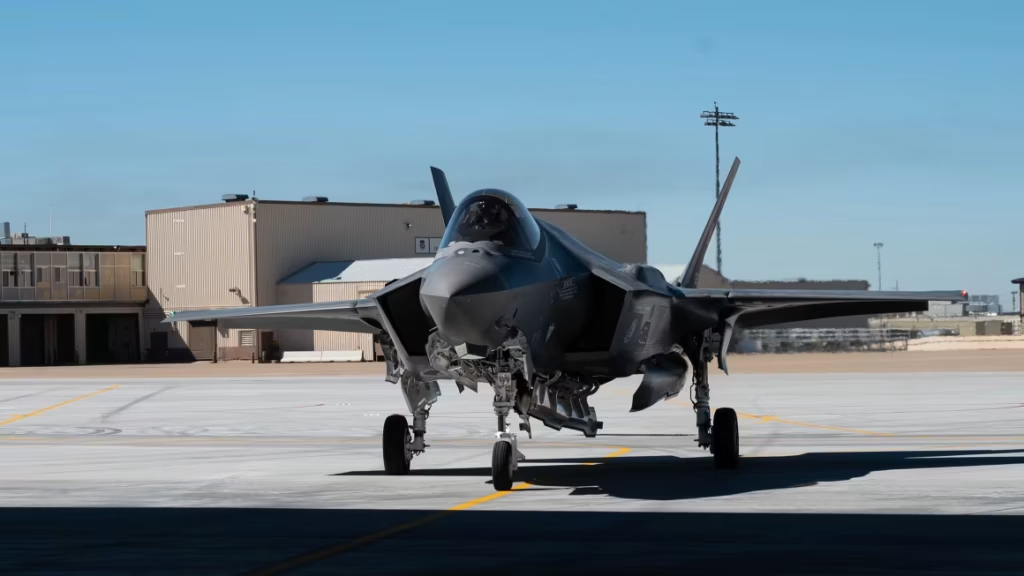
III. Global Operators of the F-35A
The F-35A’s global footprint spans NATO and allied nations, with mixed experiences:
- United States: The primary operator, planning 2,456 F-35s by the 2080s, lauds its 20:1 kill ratio in simulations but grapples with cost overruns. Israel’s F-35I Adir, used in June 2025 strikes on Iran, neutralized air defences with no losses, proving combat efficacy.
- United Kingdom: With 26 F-35Bs delivered, the 2025 order of 12 F-35As enhances nuclear deterrence at RAF Marham. Critics on X call it a “waste” for lacking carrier compatibility.
- Japan: Operates 42 F-35As, with 24 components locally made, boosting stealth expertise. Deployed across Pacific bases, they counter China’s J-20.
- South Korea: Has 40 F-35As, expanding to 60 by 2030, enhancing deterrence against North Korea.
- Australia: Fully delivered 72 F-35As, praised for interoperability but criticized for high maintenance costs.
- Others: Italy (30 F-35As), Netherlands (24 of 46), Norway (49 of 52), Denmark (17 of 27), and Poland (32 planned) value its NATO integration but face logistical challenges. Finland and Germany, newer operators, prioritize Russian deterrence.
IV. Why the UK is Buying More F-35As
The UK’s decision to procure 12 x F-35As aligns with NATO’s nuclear-sharing strategy, enabling carriage of B61-12 bombs, unlike the F-35B. Based at RAF Marham with 207 Squadron, these jets will replace ageing Tornado GR4s, retired in 2019, and bolster deterrence amid Russia’s aggression. The move supports 15% of the F-35’s global supply chain in the UK, involving firms like BAE Systems and Rolls-Royce. Despite reliability concerns—27% Not Mission Capable rates—political imperatives, including Starmer’s NATO debut and Trump’s pressure for higher defence spending, outweigh risks.
V. Elon Musk’s Critique and the Drone Debate
Elon Musk’s X posts, branding F-35 builders “idiots” and advocating drone swarms, ignited debate. He argues drones, as seen in Ukraine’s Operation Spiderweb, offer low-cost, high-impact alternatives. China’s DJI drones and Turkey’s Bayraktar TB2 demonstrate drone efficacy, while Russia’s Lancet drones target high-value assets. However, experts counter that the F-35’s sensor fusion and stealth remain unmatched for contested environments. The US Air Force’s Collaborative Combat Aircraft program envisions drones as “loyal wingmen” to F-35s, blending manned and unmanned tactics. Musk’s vision underscores the need to integrate drones with Chinese-supplied stealth jets to counter India’s airpower.
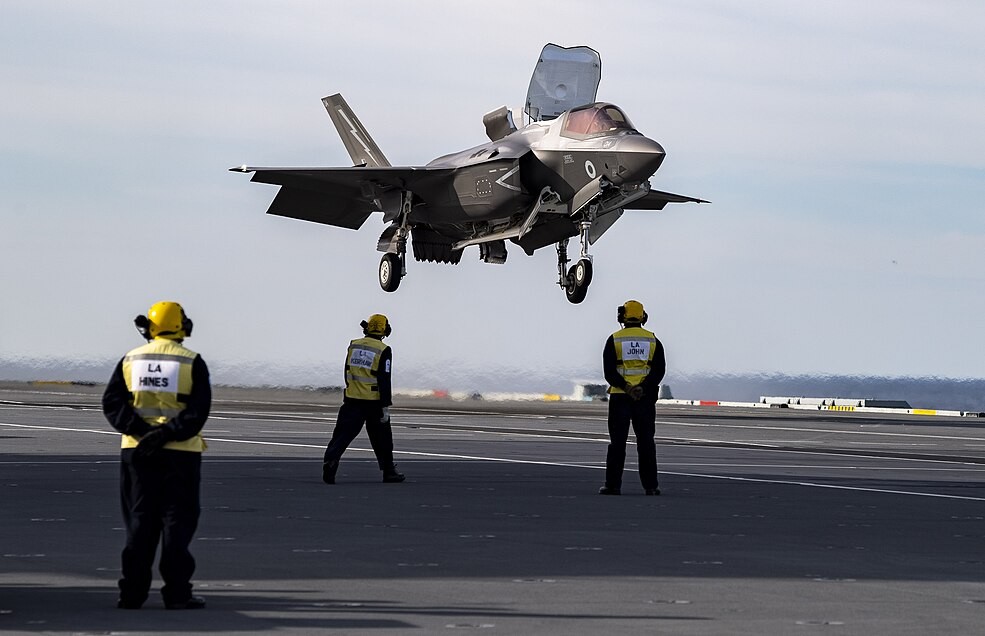
VI. The India Question: Is the F-35A a Fit for Delhi?
The US’s offer of F-35As to India, announced by Trump in February 2025, aims to counter China’s J-20 and Pakistan’s potential J-35 acquisition. India’s 31-squadron air force, down from 42, faces China’s 2,000+ fighters and Pakistan’s JF-17s. However, challenges abound:
- Cost: At $80 million per jet, plus $100 billion for weapons and maintenance, the F-35 strains India’s budget.
- Complexity: India lacks stealth infrastructure and trained personnel.
- Political Blowback: Russia, offering Su-57Es with source code, aligns with India’s “Make in India” initiative, unlike the US’s restrictive technology transfer.
- Opposition: India’s Congress party, citing Musk’s “junk” remark, opposes the F-35, favoring the delayed AMCA.
For Pakistan, India’s potential F-35 acquisition heightens the threat, necessitating robust countermeasures via China’s offerings.
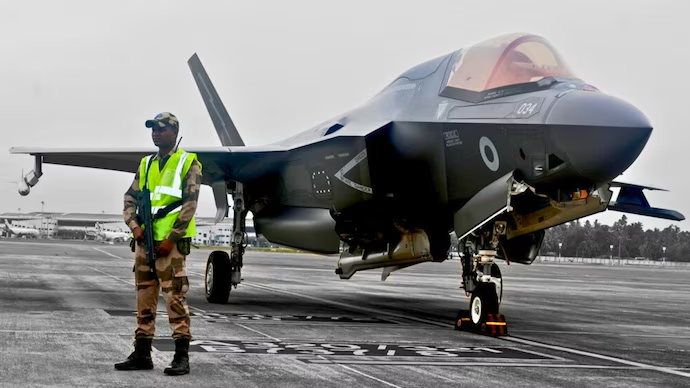
VII. Strengths and Weaknesses of the F-35A
Strengths
- Stealth: Low radar cross-section enables penetration of advanced air defences, as proven in Israel’s Iran strikes.
- Electronic Warfare: The AN/APG-81 radar and EW suite disrupt enemy systems.
- Interoperability: Data-sharing with NATO platforms enhances joint operations.
- Precision: Carries JASSM and LRASM for long-range strikes.
Weaknesses
- Cost: $36,000 CPFH and $2 trillion lifetime cost draw criticism.
- Reliability: 27% higher maintenance times than targets, with engine shortages.
- Supply Chain: Spare parts delays reduce mission readiness to 73%.
Pakistan can exploit these weaknesses by fielding agile, cost-effective platforms like the J-35, paired with EW systems.
VIII. China’s Strategic Counter: J-20, J-35, and PL-17 for Pakistan
China’s offer of J-20 Mighty Dragon and J-35 stealth jets to Pakistan, potentially starting deliveries in 2026, counters the F-35 threat. The J-20, a twin-engine interceptor with a 1,200-mile range, excels in air superiority and deep strikes. The J-35, a carrier-capable stealth fighter, mirrors the F-35’s multirole capabilities but costs less. Both integrate with China’s A2/AD network, enhancing Pakistan’s deterrence.
The PL-17 missile, with a 400-km range, targets high-value assets like AWACS and tankers, neutralizing F-35 support systems. Pakistan’s potential acquisition of 40 x J-35As, with pilot training underway, marks a generational leap from its JF-17s and F-16s. This deepens Pak-China military alignment, countering India’s air modernization.
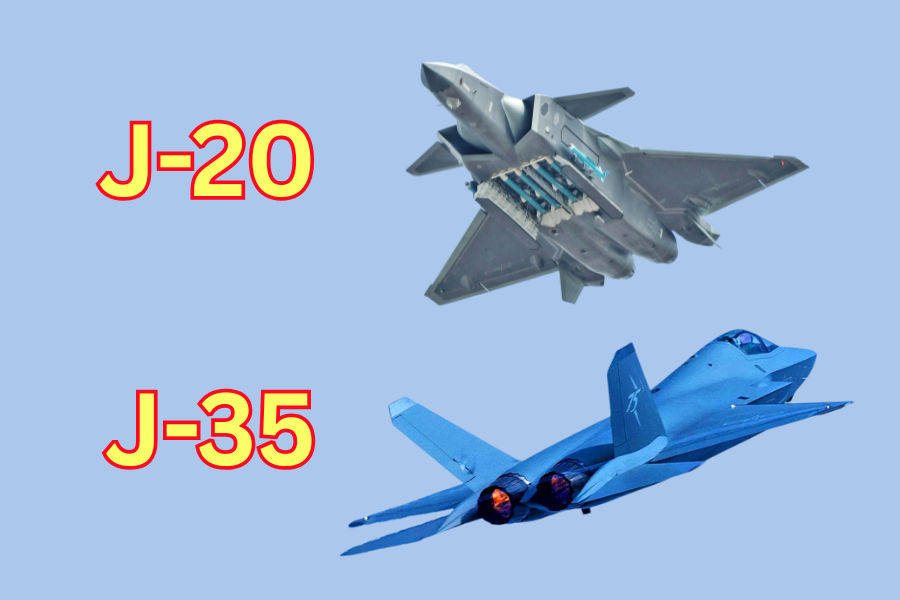
IX. Implications for Pakistan’s Air Doctrine
Pakistan’s air force, reliant on JF-17 Block III and J-10C fighters, lags behind fifth-generation platforms like the F-35 or Rafale. The J-20 and J-35, paired with PL-17 missiles, offer:
- Stealth Advantage: Low observability counters India’s S-400 radars.
- BVR Superiority: PL-17’s range outstrips India’s Astra Mk1 (150 km) and Meteor (200 km).
- Network Integration: Datalinks with Chinese UAVs and satellites enhance situational awareness.
Pakistan must:
- Develop EW Networks: Counter F-35’s AN/APG-81 with Chinese 6G jammers.
- Upgrade Radars: Deploy AESA systems to detect stealth aircraft.
- Invest in Drones: Integrate AI-driven swarms, as Musk advocates, to complement J-35s.
X. Conclusion: Marvel or Mirage?
The F-35A Lightning II, with its stealth, sensors, and interoperability, remains a formidable platform, as Israel’s Iran strikes demonstrate. The UK’s 2025 purchase of 12 x nuclear-capable jets cements its NATO role, despite costs and reliability woes. Yet, Musk’s drone advocacy questions its future. The US’s offer to India, countered by China’s J-20, J-35, and PL-17 to Pakistan, ignites a South Asian airpower race. For Pakistan, China’s support offers a strategic equalizer, but it must bolster EW, radars, and drones to counter India’s potential F-35 edge. The F-35 vs. J-35 era, blending stealth and speed, will shape South Asia’s skies, where silent dogfights may decide regional supremacy.

